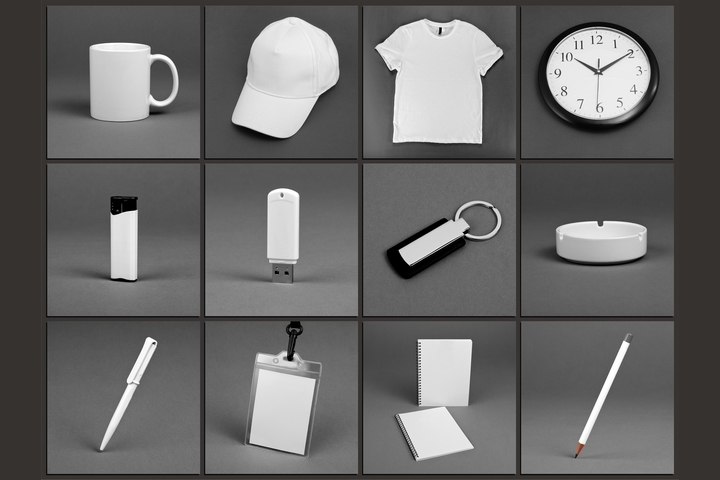4 Reasons to Take a Business Course
Business in the 21st century is rapidly changing, becoming more technology-oriented and internationalized each year. If you are building a business career, it might be advisable to take a big data course like Statistics to better understand how data works in the business world. You can also learn what you need to know to work with data in your career.
1. Update your comprehension

If you earned a college degree or got hired in your present job a few years ago, chances are that big data technology that you initially learned has already changed dramatically. Before further changes evolve, this is a good time to enroll in a business course at the local college or with an accredited business seminar to update your understanding of current data processes.
2. Learn how to utilize data

In addition to understanding how data is used in the business world, it is also important to know how to use it in your present job or future considerations. Collected data, while valuable, is fairly useless unless it is evaluated according to meaningful criteria. Data analysis is a vital skill in many key industries, so knowing how to utilize it can give you an edge over the competition and prepare you to grow with your company.
3. Expand your career skills

Data plays a critical role in various occupations. While it may be possible to avoid working with raw data in your industry, the ability to make sense of it to help your department or organization can be extremely helpful. Data can be used for purposes like customer assessment, quality control, financial forecasting, and many others. You will become an even more valued employee by increasing your job skills and learning how to navigate various sets of data.
4. Prepare for the next step

If you want to move forward in your career or are thinking of changing jobs in the future, taking a big data course is a great asset to add to your vita. Passing the course with a high grade could give you an edge over other applicants when it comes time for employee merit review, promotion, or moving to another company. Employees who can handle data are generally sought in just about every major occupation.
Whether you know nothing or little about big data, consider enrolling in a business course to brush off your skills and learn the newest trends and tools. You will likely become a more valuable employee or candidate.















































